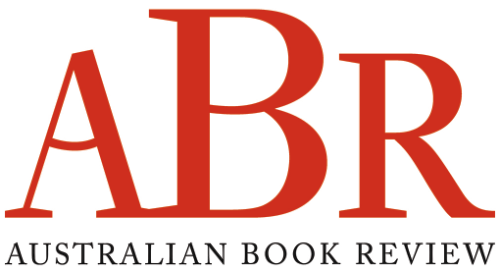Australian Poetry
1
The far margin of wintering wetlands,
mist before sunrise. Outside my window
a rock parrot is perched on its fence-post.
Taking note might prompt some things:
look! Even a colon finds correlation
with the eyes of Hoji’s frog, and the king’s.
Philip Larkin at thirty-one asked ‘Where can we live but days?’ It shouldn’t take half a lifetime to learn that we have night and day, yet learning how to live with this arrangement, and that this is the arrangement, is something we keep adapting to all our lives. While not a dichotomy, night and day help form the dichotomous nature of our thinking, and inform especially the method of describing and explaining everything that we call poetry. David McCooey has taken this elementary fact as first principle in creating poetry that is by turns accepting and acerbic, buoyant and bothered, carefree and careful. Outside is divided into two studied sections, one coloured by day, the second by night.
... (read more)'After Reading Henry James’s "The Awkward Age"', a new poem by Kate Middleton
The answer could only be yes. Or,
(as James would have it) it was a question,
the way she turned back to him
seemed to say, that deserved
You’ve always associated the two terms together
partly due to your reading of Schiller; partly due
to your watching of Kimba. Kimba sublimates
his mother in the water. You’ve always thought
1.
Port Phillip rucks & tears in the wind
and where the creek joins the bay, the lace
is tattered marl. Wild gulls pick
Kate Middleton reviews 'The Best Australian Poems 2011' edited by John Tranter
With the recent focus on new anthologies in the Australian poetry community firmly placed on UNSW Press’s Australian Poetry Since 1788 (edited by Geoffrey Lehmann and Robert Gray) and the publication of two anthologies dedicated to the work of younger poets (UQP’s Thirty Australian Poets and ...
... (read more)Knuckled, poet and editor Fiona Wright’s highly anticipated first collection, arrives with an assuredness of style and voice that augurs well for Australian poetry. The overarching idea of ‘knuckles’ – of being knuckled, of beating knuckles, of the working joints of bare hands, even the throwing of knuckles in a game of chance – gives us a strong clue to the collection’s main themes. These fluent and highly evocative poems bring a sharply observed, sometimes bruised, sometimes raw and violent sense of the worlds they document. The poet as watcher and as reflector of such images is a robust filter through which to moderate the world of perception, and yet is inevitably precarious in the face of the onslaught from outside; of the intrusion of otherness into the vulnerable sanctuary of the self.
... (read more)Fiona Wright reviews 'Thirty Australian Poets' edited by Felicity Plunkett
Although it has been almost half a century since 1968, a year readily mythologised in Australian poetry, the so-called Generation of ’68 are still the most talked-about contemporary poets. There have been few attempts to define the next generations of poets. Forty-three years is a long definition of what might be deemed ‘contemporary’.
... (read more)Michael Hofmann reviews 'Australian Poetry Since 1788' edited by Geoffrey Lehmann and Robert Gray
Stumbling round the house absent-mindedly or in the off-hours, I wonder where the economy-sized fish tank came from; or the dictionary of some unexpectedly eloquent Oceanian language; or the errant slab of copper sulphate (did some friend or enemy leave it?). Then I remember that it’s the new Australian poetry anthology I am reviewing, the thick end of 1100 large pages – is it the format called royal? or republican?! – and I am in for another round of sleeplessness. It is even possible that, in the United States, I have read and written about the book mostly on Australian time.
... (read more)




